Toyota is no stranger to reliability. The company makes some of the most durable motors that are highly regarded for being overengineered and low on maintenance.
One such engine that has served its duties reliably over the years is the 2RZ-FE engine. The naturally aspirated 4-cylinder is a workhorse, powering several Tacomas from the late 90s and early 2000s.
Part of the RZ engine family, the 2RZ shares quite a few design characteristics with the more popular 3RZ-FE.
The engine is underpowered by modern standards, but it more than makes up for it on the durability front. Examples of this engine lasting over 300,000 miles with nothing but routine maintenance aren’t uncommon.
Join us as we take a closer look at the Toyota 2RZ-FE’s specs, reliability, and common problems.
Toyota 2RZ-FE: Specs
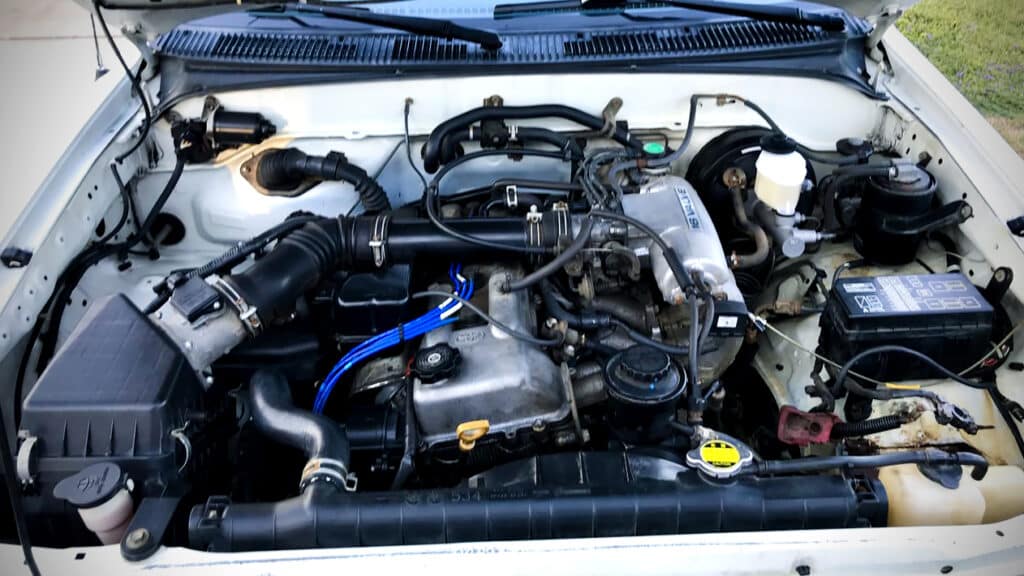
- Engine code: 2RZ-FE
- Production: 1994-2004
- Layout: Inline-4 DOHC 16V
- Displacement: 2.4L (2,438 cc)
- Fuel system: Multi-Point Fuel Injection
- Cylinder bore: 95 mm (3.74″)
- Piston stroke: 86 mm (3.39″)
- Compression ratio: 9.5:1
- Power: 142 hp at 5,000 rpm
- Torque: 160 lb-ft at 4,000 rpm
- Firing order: 1-3-4-2
Displacing 2,438 cc, the 2RZ has a cast-iron engine block, an aluminum cylinder head, and a DOHC valvetrain with a shim-over-bucket design.
It’s an oversquare 4-pot with a 95 mm bore and 86 mm stroke, offering healthy amounts of power and torque without much compromise.
The engine runs a 9.5:1 compression ratio, featuring an Electronic Spark Advance (ESA) ignition and a multi-point fuel injection system.
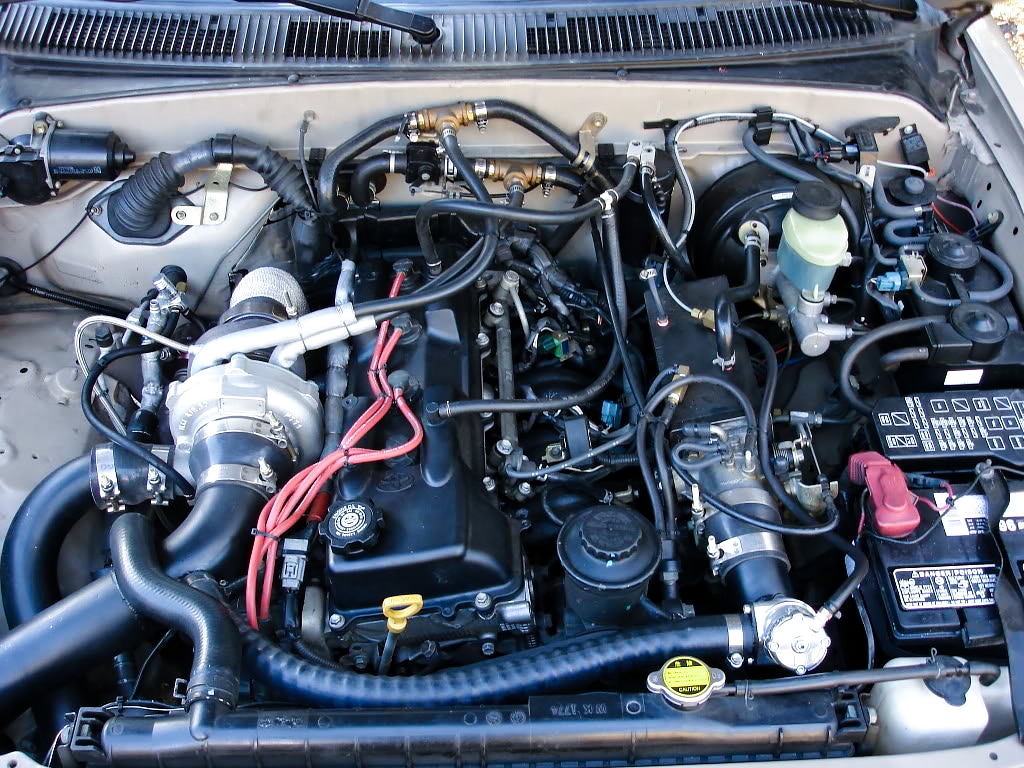
Power figures of the 2RZ-FE engine stand at 142 hp and 160 lb-ft — reasonably potent for a mid-90s engine. Toyota started production of the 2RZ-FE in 1994, a few years after the debut of the SOHC 2R-E.
Other than the valvetrain difference (DOHC vs SOHC), the FE features what Toyota calls an “economy narrow-angle valve design,” evident from the “F” in its engine code.
The ‘E’, of course, stands for electronic fuel injection, while “2RZ” represents the 2nd generation of the RZ engine family.
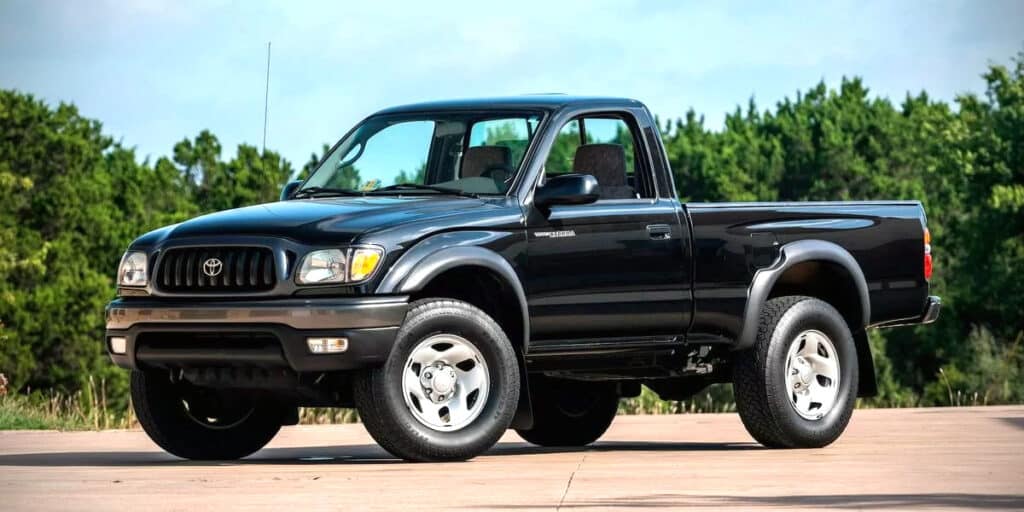
Toyota’s 2RZ-FE gets a chain-driven camshaft for the intake with a hydraulic chain tensioner and oil jet for lubrication. The exhaust cam, however, uses a scissor gear system driven by the intake camshaft.
Also worth mentioning is that the 2RZ-FE does not use hydraulic lifters, and therefore requires periodic valve adjustments. The recommended interval is around 30,000 miles.
Vehicles featuring the 2RZ-FE include:
- 1995–2004 Toyota Tacoma (4×2)
- 1998–2004 Toyota Hilux
2RZ-FE Reliability
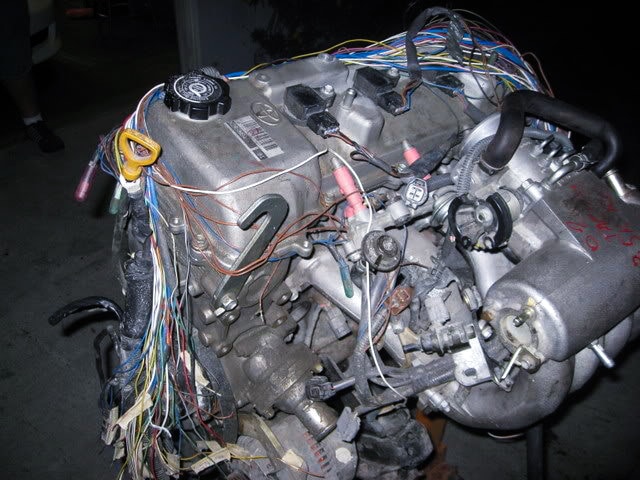
The cast-iron block gives the 2RZ-FE bulletproof reliability. It’s not uncommon to see 2RZs lasting over 250,000 miles, with proper maintenance, of course.
Accounts of the engine crossing 500,000 miles are available across multiple forums and internet discussions. Just like many of its T Series, GR, and GD brethren, the 2RZ is among the most durable engines in Toyota’s long-standing history.
The 2RZ-FE is designed to be relaxed and under-stressed. Low outputs coupled with over-engineered internals are usually an excellent combination for a reliable engine.
While you may question its lack of power, the engine more than makes up for it with its longevity and ultimate reliability.
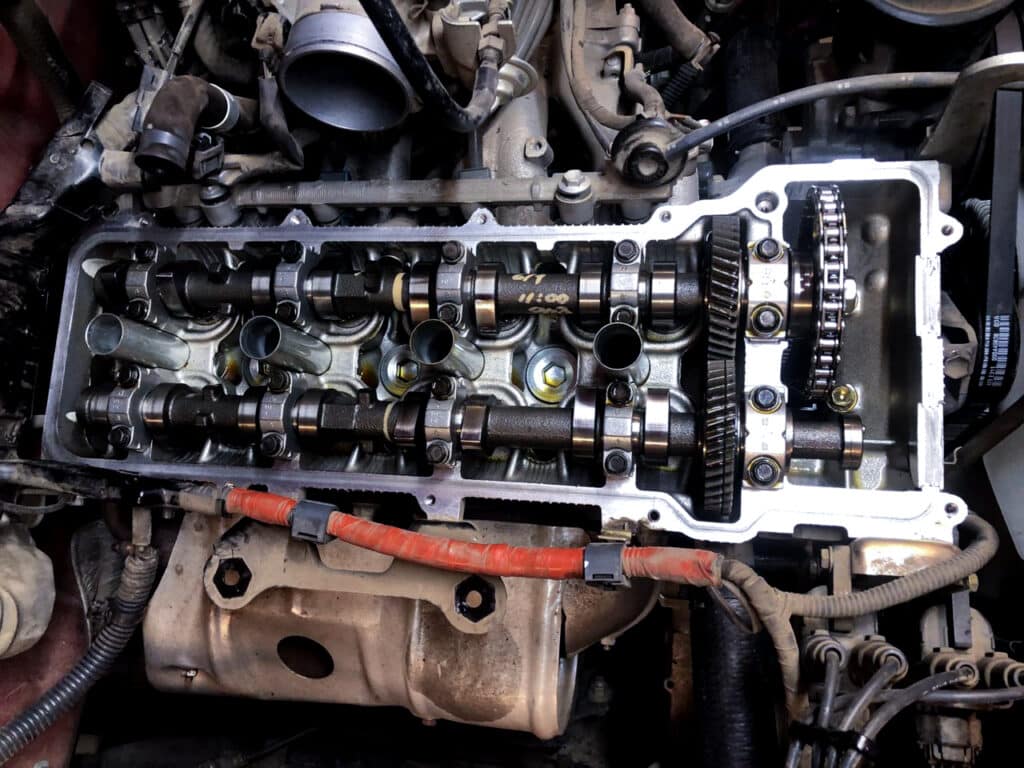
That said, you may experience a ticking noise, especially on a high-mileage example. Some owners have even reported sluggish performance, which isn’t necessarily a problem but more of an engine characteristic.
The ticking noise is mainly due to valve clearance issues. So you may want to check that. Also, keep in mind that 2RZs are interference engines. If the timing chain snaps, you’re looking at catastrophic engine damage.

Since the 2RZ, much like any engine, is a collection of several moving parts, you are likely to encounter some minor inconveniences along the way. Most of these, however, tend to be age-related or simply user negligence.
Maintenance is key; you can ruin a perfectly good engine by overlooking simple things like oil changes and filter replacement.
If you’re in the market for an old RZ-equipped truck, make sure it has a service history. Mileage need not be a concern, since these RZ engines are pretty robust and dependable when maintained properly.
Keep in mind that, if looked after well, the 2RZ-FE can potentially outlive the vehicle it’s powering. It is truly one of the most reliable Toyota engines ever made.
2RZ Engine Problems
While there’s no doubting the 2RZ’s robustness, we can’t gloss over the potential for a reliability concern. After all, it’s still an engine with hundreds of moving parts.
But unlike its competitors, the problems are minor and infrequent.
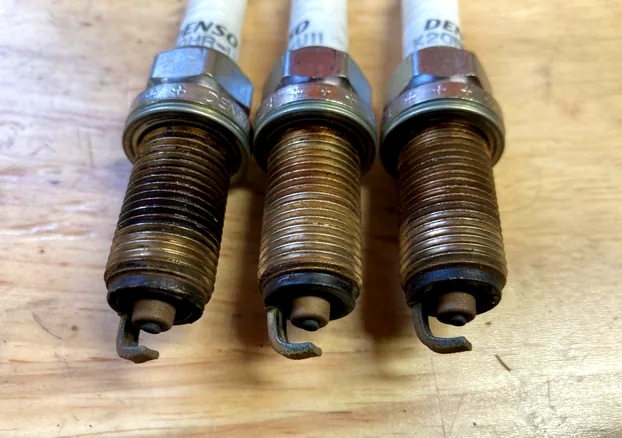
It’s a vintage engine by today’s standards, dating back to the mid-90s, so age is not your ally. Seals tend to get worn out over time, which can cause the engine to consume more oil than usual.
You may notice rough idling or a hesitation to accelerate, especially when weather conditions are less than ideal.
This could be due to misfires or faulty spark plugs. Clogged filters or mass air flow sensors can also be responsible for the engine’s sudden loss of power.
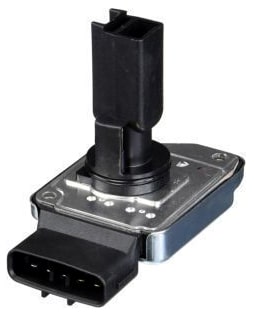
Even the catalytic converter can be a point of failure, especially when it’s obstructing the exhaust flow due to chemical contamination and residual buildup.
Vibration is another problem worth discussing. Since the 2RZ-FE does not come with balance shafts, the engine tends to vibrate noticeably more than some of the other inline-4s of its time.
It’s not unbearable by any stretch of the imagination, but some find it an inconvenience, especially if you’re used to buttery-smooth modern engines.
Check for symptoms of bad motor mounts. Look at the valve clearance and make sure there isn’t too much carbon buildup in the intake. If everything checks out fine, then the vibration may just be “normal.”
In the following section, we take a look at some of the more general concerns faced by 2RZ owners and their possible fixes.
These issues are not exclusive to this Toyota engine and could very well affect other motors regardless of the make.
Troubleshooting the 2RZ-FE
Let’s start with rough idling. If your 2RZ is running rough, there could be a few possible reasons for that. Firstly, you might have a faulty ignition system or valve clearance issues.
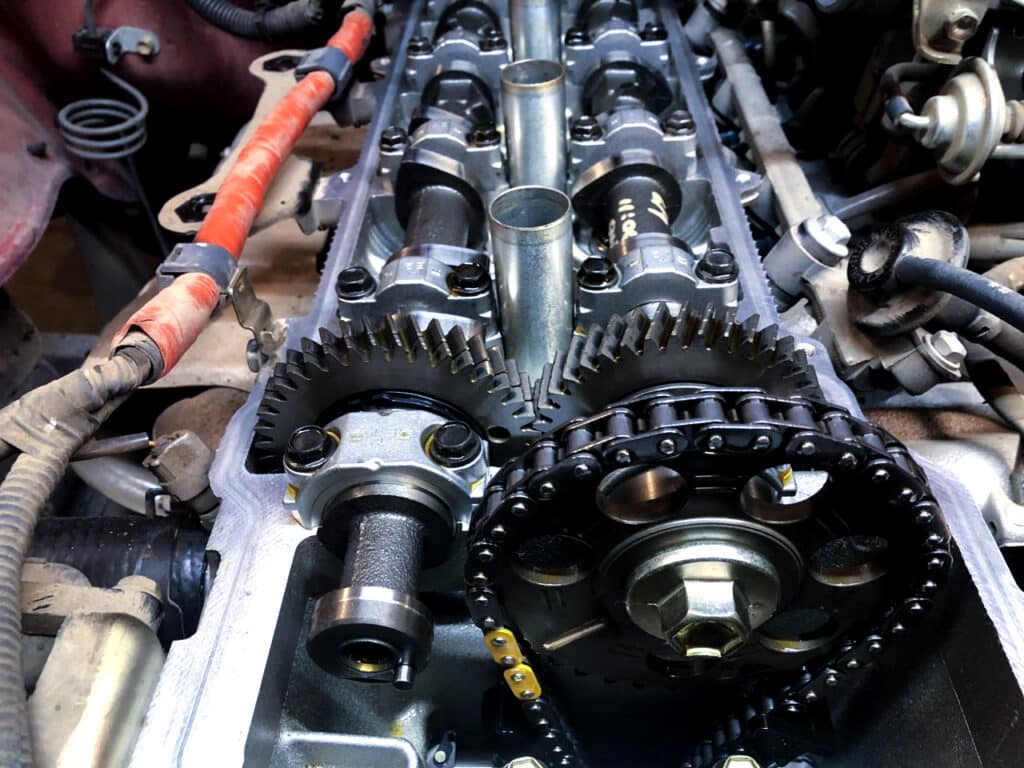
It could be bad engine timing or simply one of the ignition components failing. As mentioned, checking the spark plugs is an effective diagnostic measure to fix rough idling.
Dirty air filters are equally responsible, as is a clogged/malfunctioning fuel pump. It’s usually a combination of one or more of these problems that result in the engine running rough.
Maybe your 2RZ-FE isn’t starting, or it starts but immediately shuts off. Possible causes range from low-quality gasoline to improper engine compression.
Much like rough idling, you may have a faulty plug or a malfunctioning ignition system.
The possibility of clogged injectors and dirty fuel lines cannot be ruled out either. Sometimes, simple things like bleeding the fuel tank to relieve air can help the engine spark into life.
However, if you’re facing issues with erratic starts and shut-offs, you might want to check the valve springs, ignition coil, and even carbon buildup on the valves.
If you hear a knocking sound or any abnormal noise from the engine, it could be worn bearings or improper valve clearance.
It may even stem from worn-out piston rings or the use of low-octane fuel. The latter can be remedied by using octane boosters.

Refrain from running the engine under heavy load if you notice any sound, and make sure to check the oil level.
Starving the engine can lead to more friction and increased metal-to-metal contact between the internal components.
Addressing the 2RZ-FE’s Loss Of Power, Oil Consumption, and Overheating Issues
As mentioned, the sudden loss of power is primarily caused by dirty/clogged injectors, filters, and fuel pumps. That said, a fault ignition system can also contribute to sluggish performance.
If the issue persists even after addressing these, then it might have to do with a blown head gasket or a stuck valve. A simple air leak can also cause the engine to feel underpowered.
You might’ve noticed that most of the problems are intertwined in a way that if you replace the air filter, you’re allowing the engine to breathe better, which in turn helps with loss of power and erratic idling.
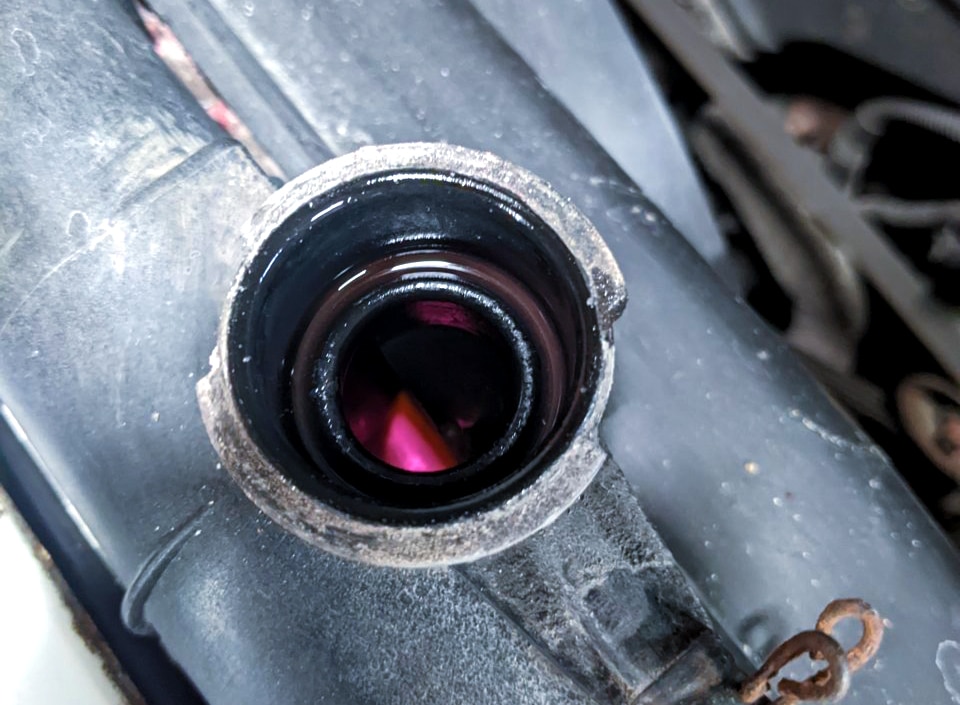
However, if you’re experiencing overheating issues, these may not be an effective fix, as the problem could be part of the cooling circuit. Check the coolant level alongside the possibility of a thermostat failure.
A clogged radiator or a defective water pump are also things that contribute to engine overheating.
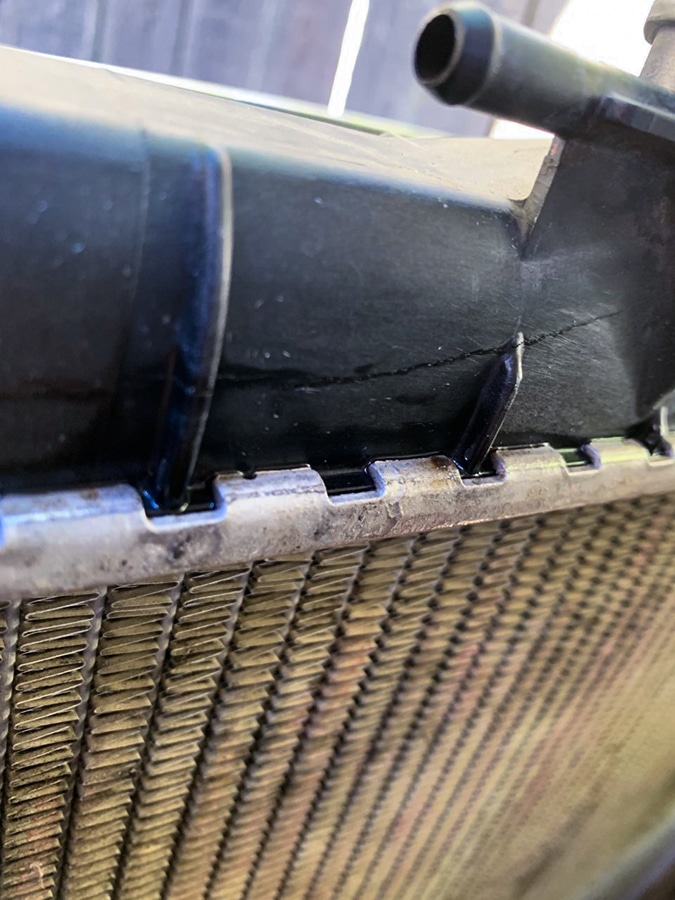
Addressing oil consumption is fairly straightforward. Worn-out seals, as mentioned earlier, can be a cause. Other potential reasons include faulty piston rings, damaged cylinder liners, valve guides, or stems.
It’s unlikely that you’d encounter any of these concerns (except oil consumption) in a well-maintained 2RZ-FE. But if something were to happen, you now have a vague idea of what might be causing it.

It’s not impossible to upgrade the 2RZ-FE to 250 hp. Install a high-boost turbo kit, and you could be looking at north of 400 hp. The engine is robust and extremely over-engineered.
But keep in mind that the stock engine runs a fairly high compression ratio, which is not advised for a forced induction setup.
Ideally, you’d want to keep the boost pressure and compression low, as the stock ignition system is not necessarily designed to handle a turbocharger.
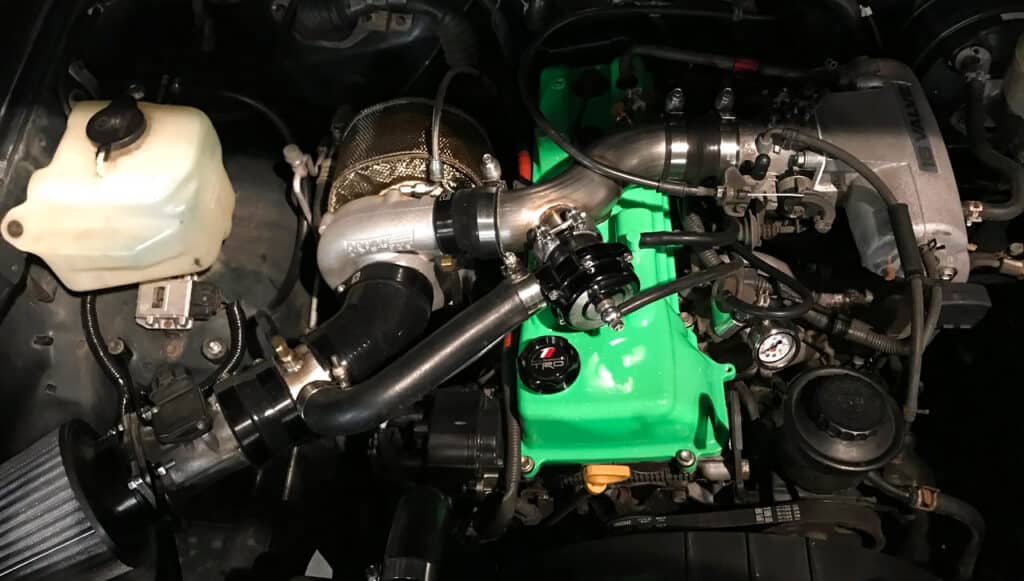
As a fix, you can upgrade the fuel injection system to an aftermarket unit. Run a stand-alone or piggy-back ECU with some forged internals, and you may reliably push for a higher boost, unlocking more power.
A high-performance radiator and supporting mods are also worth considering. Understand that the 4-pot is not exactly a rev-happy unit, owing to its large displacement and long stroke.
When done correctly, the 2RZ-FE is an excellent platform for crazy numbers. Even a simple stage 1 system with custom headers and an intake should unlock noticeable gains.
As for longevity, there are accounts of 2RZ-FEs reliably running 16 PSI with stock internals, putting down over 300 hp. But if you aren’t that confident, there’s always the option of running a lower boost.
Concluding Thoughts
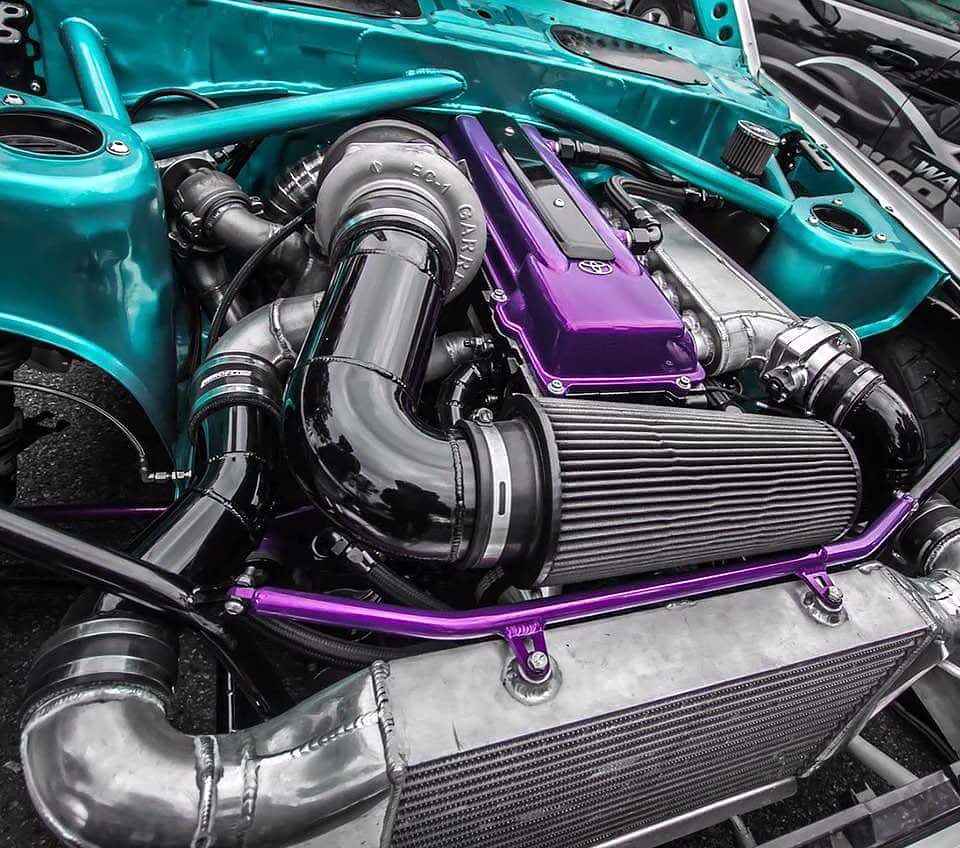
Overall, the 2RZ-FE is a reliable engine. Although its stock output may seem underwhelming, its dependability is not something you would question.
While we mentioned a few problems that you might come across in a 2RZ-FE, it’s unlikely that any of them would actually cause serious trouble.
Apart from valve adjustments and overheating, you can pretty much get away with the rest of the issues. You may completely ignore them, and the engine will still run. That’s a testament to Toyota’s build quality.
The engine is fairly old, so it’s possible that you might run into a few maintenance concerns.
But if you look after it, the 2RZ is going to last you a lifetime. Owners who stay on top of maintenance have only positive things to say about the engine.
The frequency of people reporting any issue with the engine is almost negligible.
Considering the number of engines Toyota has manufactured over the years, it’s remarkable that many of them are still running to this day, clocking hundreds of thousands of miles without trouble.
Hope you enjoyed reading our take on the 2RZ-FE. Let us know your experience with the engine in the comment section below.


1 comment
This is the first time I have heard any detail on the 2rz-fe since buying my 2001 taco. Thank you! Shawn